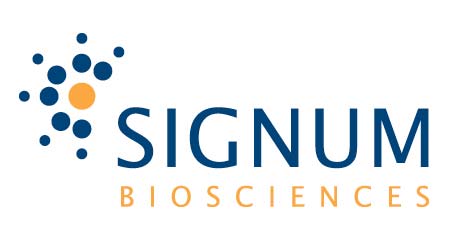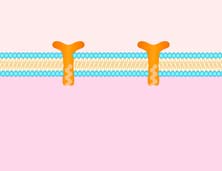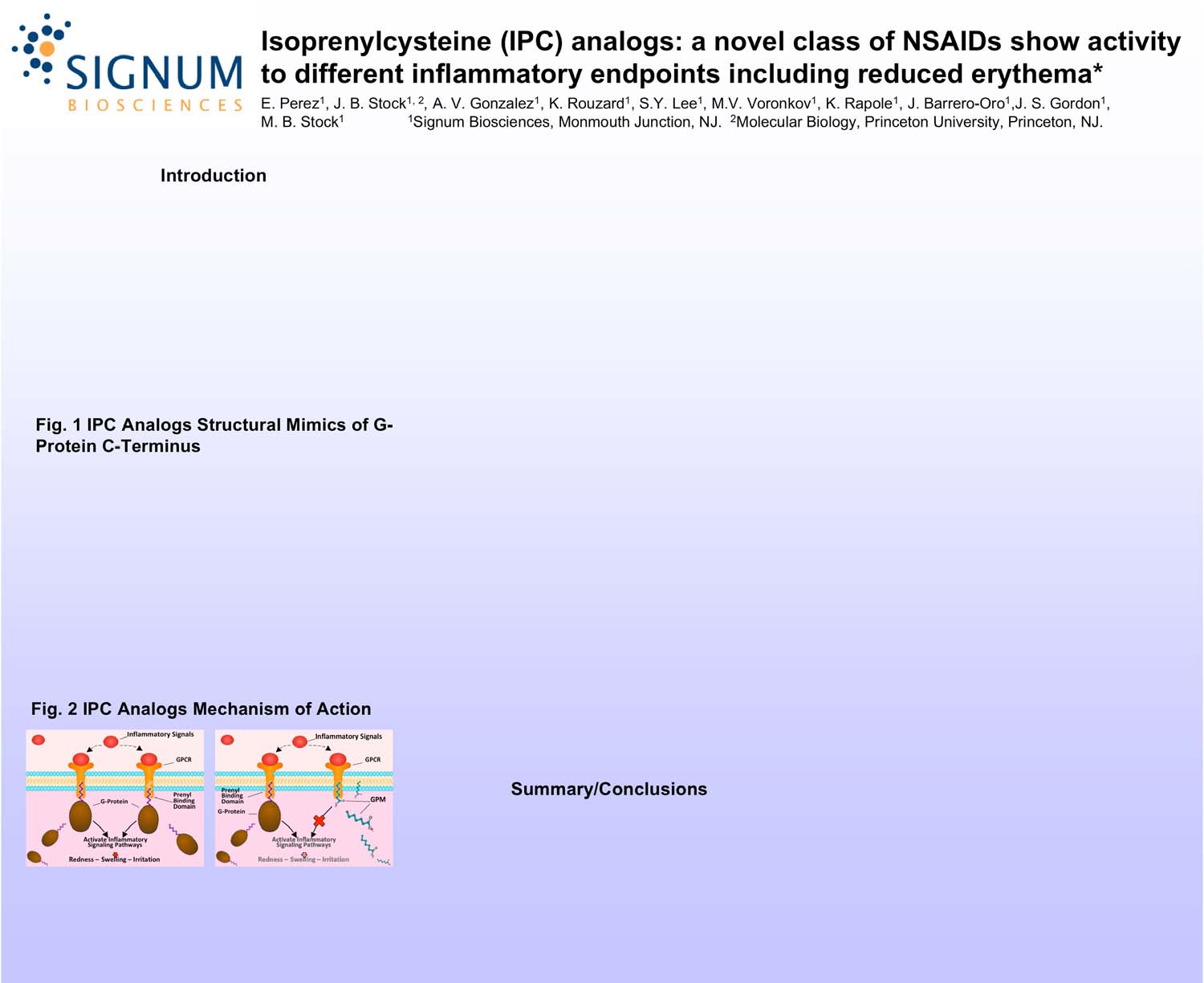koethel.biz
Untersuchungen zum Abflussverhalten von Veterinärpharmaka bei Ausbringung von Gülle auf Ackerland und Weide – Runoff-Projekt1 – Robert Kreuzig, Sibylla Höltge, Julia Heise, Marit Kolb Institut für Ökologische Chemie und Abfallanalytik, TU Braunschweig Norbert Berenzen, Torsten Hahn, Stefan Jergentz, Jörn Wogram, Ralf Schulz In der Intensivtierhaltung eingesetzte Vete



 Isoprenylcysteine (IPC) analogs: a novel class of NSAIDs show activity
Isoprenylcysteine (IPC) analogs: a novel class of NSAIDs show activity